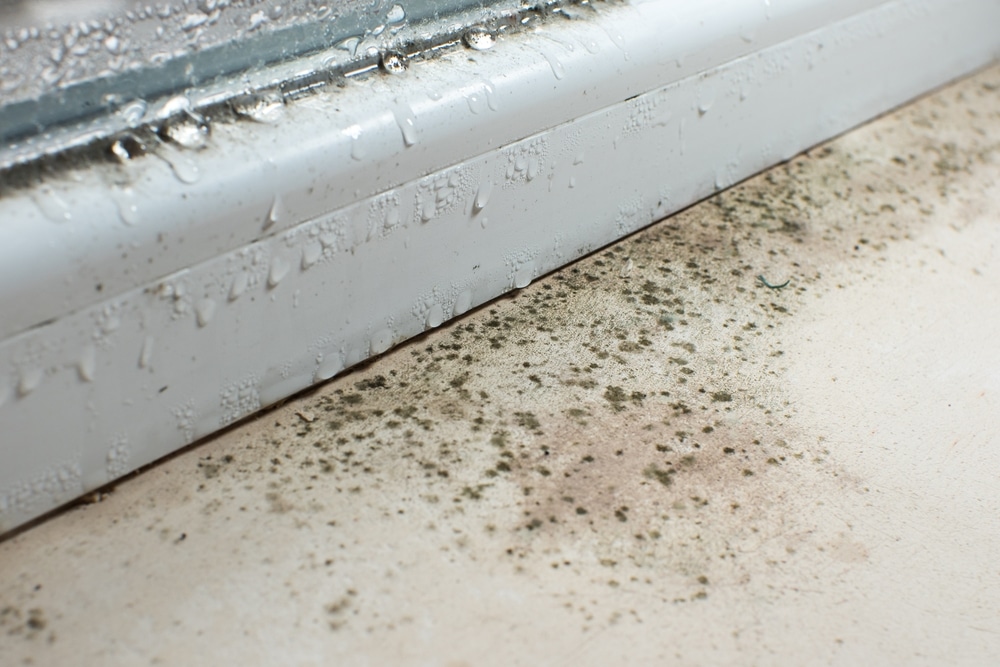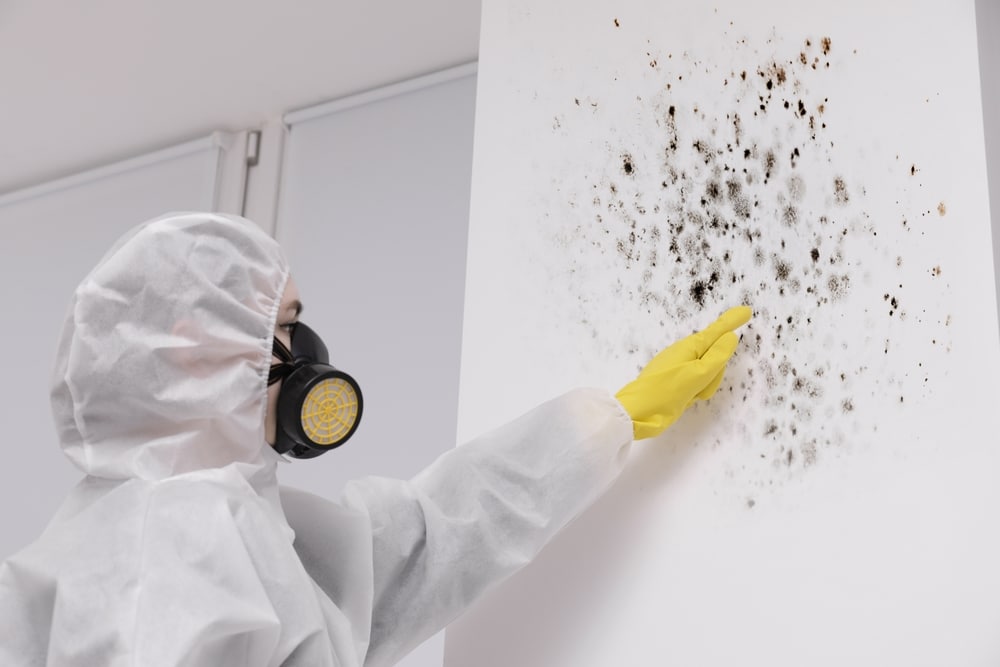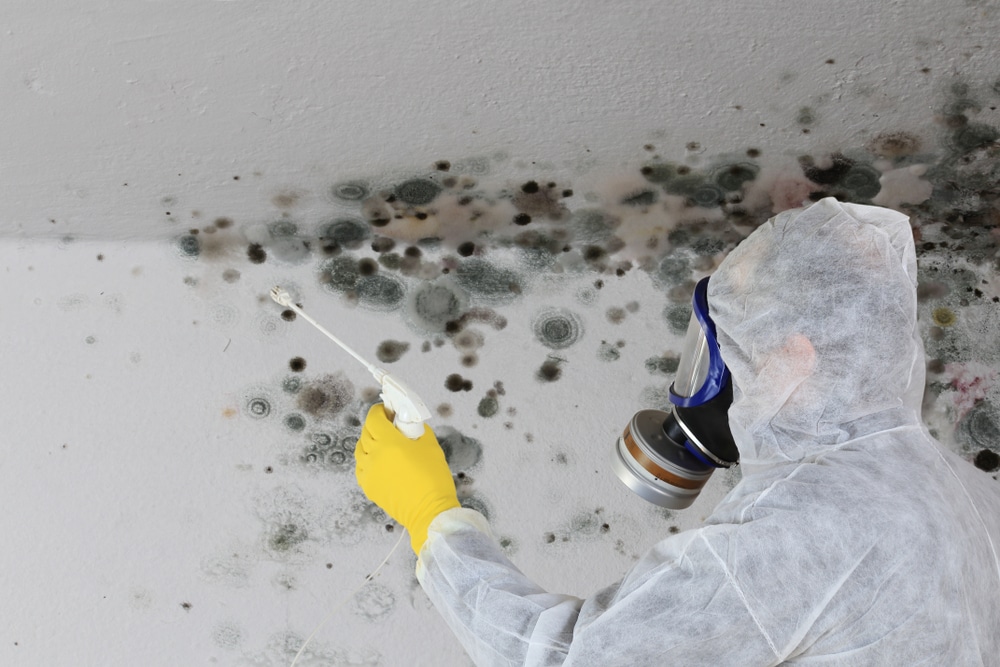How to Remove Black Mould
Black mould, like any kind of mould, must be removed immediately from your home. However, it isn’t really a case of scrubbing it away. There are specific products that need to be used, in addition to maintaining the correct environment, to remove black mould and preventing it from returning.
In this blog, we will show you how to remove black mould.
With new buildings being made to be as energy efficient as possible, and the UK aiming for 95% of its electricity usage to be low carbon by 2030, it is imperative to understand how we can make the most of our ventilation. This is where ventilation units come in.
To prevent mould, fresh air should constantly be introduced into your dwelling daily, as it helps to regulate temperature and reduce condensation. Introducing fresh air can be as simple as having a ventilation routine, or installing extractors or MVHR units. Almost all of this is facilitated by ducting.
At I-Sells, all things ventilation and ducting related is our speciality, and we are here to answer the questions we know are common for those new to HVAC and what it encompasses.
Is the mould on food the same as black mould?
No, the mould on food and black mould are not necessarily the same, although they are both fungi. Here’s why they differ:
- Species Variety: There are many variant mould species. While some species might be present in both environments, the specific types of mould that grow on food and on surfaces in homes can vary depending on factors like moisture levels and nutrient availability.
- Food Source: mould on food feeds on the organic matter of the food itself, breaking it down. In contrast, black mould thrives on damp surfaces and organic materials like soap scum or dead skin cells.
- Health Risks: Some mould varieties can produce harmful toxins. While mould on food can cause spoilage and shouldn’t be eaten, the health risks associated with mould on food aren’t necessarily the same as the health risks associated with black mould. Inhaling mould spores from black mould can trigger allergic reactions or respiratory problems in some people.
- Prevention Strategies: To prevent mould growth on food, proper storage in refrigerators or airtight containers is key. In contrast, preventing black mould requires controlling moisture levels through ventilation and addressing leaks promptly.
How to understand the differences of mould
Here’s an analogy: Think of mould like a category of plants, with many species. Some plant species thrive in gardens (like vegetables), while others prefer damp environments (like mushrooms). Similarly, there are mould species that prefer food, while others prefer the damp conditions of a bathroom.
If you’re unsure about mould on food, it’s generally best to err on the side of caution and discard it. When it comes to black mould, addressing moisture issues and cleaning the mouldy areas with appropriate solutions is crucial. If the mould covers a large area, or you have health issues, call a professional.
How to get rid of black mould

Here’s how to get rid of black mould, but remember the approach depends on the size and location of the infestation:
If you discover a small patch of black mould on a non-porous surface like tile, glass, or metal, you can attempt DIY removal. Safety is paramount. Wear gloves, a mask, and goggles to shield yourself from mould spores.
Mix a cleaning solution using warm water and dish soap, or opt for a commercial mould remover, following the product instructions carefully. Scrub the mouldy area with the chosen solution using a stiff brush. Rinse the area thoroughly with clean water afterwards.
Ensure the area dries completely to prevent mould from returning. Fans or dehumidifiers can help speed up the drying process. Additionally, keeping a window open and using an extractor fan will promote ventilation, which further speeds the drying process.
This DIY method is only suitable for very small mould patches on non-porous surfaces. If the mould covers a larger area, affects porous materials like drywall, or you have any health concerns, seek professional help.
Large infestations or those on porous surfaces can release a significant number of spores, posing health risks. Professionals can remove the mould safely and effectively.
Professional mould removal
For larger infestations, on porous materials, or if you have any health concerns, professional remediation is the best course of action. Here’s why:
Professionals have the expertise, experience, and equipment to safely and effectively remove mould, including hidden mould behind walls or ceilings.
They can also use techniques to contain the mould and minimize the spread of spores during removal. Furthermore, they can help identify and address the underlying moisture problem that caused the mould growth in the first place, preventing recurrence.
When should I call a professional mould remover?
- The mould covers more than a square foot of surface area.
- The mould is located on porous materials like drywall, wood, or carpet.
- You have a weakened immune system, allergies, or respiratory issues and suspect mould growth.
- You’re unsure about the type of mould or the extent of the infestation.
Remember, regardless of the removal method, identifying and addressing the moisture problem that caused the mould growth is crucial to prevent its return and create a healthier indoor environment in your home.
Is it better to use natural mould removal techniques or chemical?

The preference over which method of mould removal is better is purely down to the level of infestation. With minor mould issues, natural methods should be okay, whereas slightly more intense mould build-up would be better for chemical options.
Natural methods (vinegar, baking soda)
These methods are generally considered safer for people and pets with proper ventilation because they use less harsh chemicals. However, their effectiveness is limited.
They’re only really suitable for tackling small mould patches on non-porous surfaces like tile or glass. For anything larger or on porous materials like drywall, natural solutions likely won’t do the trick.
Another drawback is that these methods don’t necessarily address the underlying moisture problem that caused the mould growth in the first place, meaning it could come back.
Chemical mould removers
Chemical removers pack a stronger punch, making them more effective at killing mould, especially on larger areas or porous surfaces.
However, this potency comes with downsides. The harsh chemicals can irritate your skin, eyes, and respiratory system, so proper ventilation and personal protective equipment are essential. You should also be aware that some chemical mould removers can harm the environment.
The Takeaway
If you’re dealing with a small patch of mould on a non-porous surface, natural vinegar solutions might be an option. But for anything bigger, on porous materials, or if you suspect deep-seated mould, chemical removers or professional help are the way to go.
This ensures a complete removal and reduces the chance of the mould returning. The key here, regardless of the removal method you choose, is to identify and address the moisture source that caused the mould growth in the first place.
Remove black mould today

At I-Sells, all things ventilation and ducting related is our speciality, we are here to answer the questions we know are common for those new to HVAC and what it encompasses.
We at I-Sells endeavour to ensure our customers have all the information they require before investing in our mould solutions. Be sure to visit our blog page to learn about the vast array of factors and issues surrounding ventilation, mould, condensation, and much more.
Within this blog, we hope to have shown you how to remove black mould.
We understand you may have more questions, do not hesitate to contact us for more information about whatever you need our help with. If you’d like to email us, click here. For other contact options, see below:
Call us on 020 8463 9696
Visit us at our showroom:
*OPENING TIMES*
Monday – Friday: 8:00 am to 5:30 pm
Saturday: 9:00 am to 12:00 pm
Sunday: Closed
15 St John’s Parade
Sidcup, Kent
DA14 6ES
United Kingdom





























Add comment
You must be logged in to post a comment.